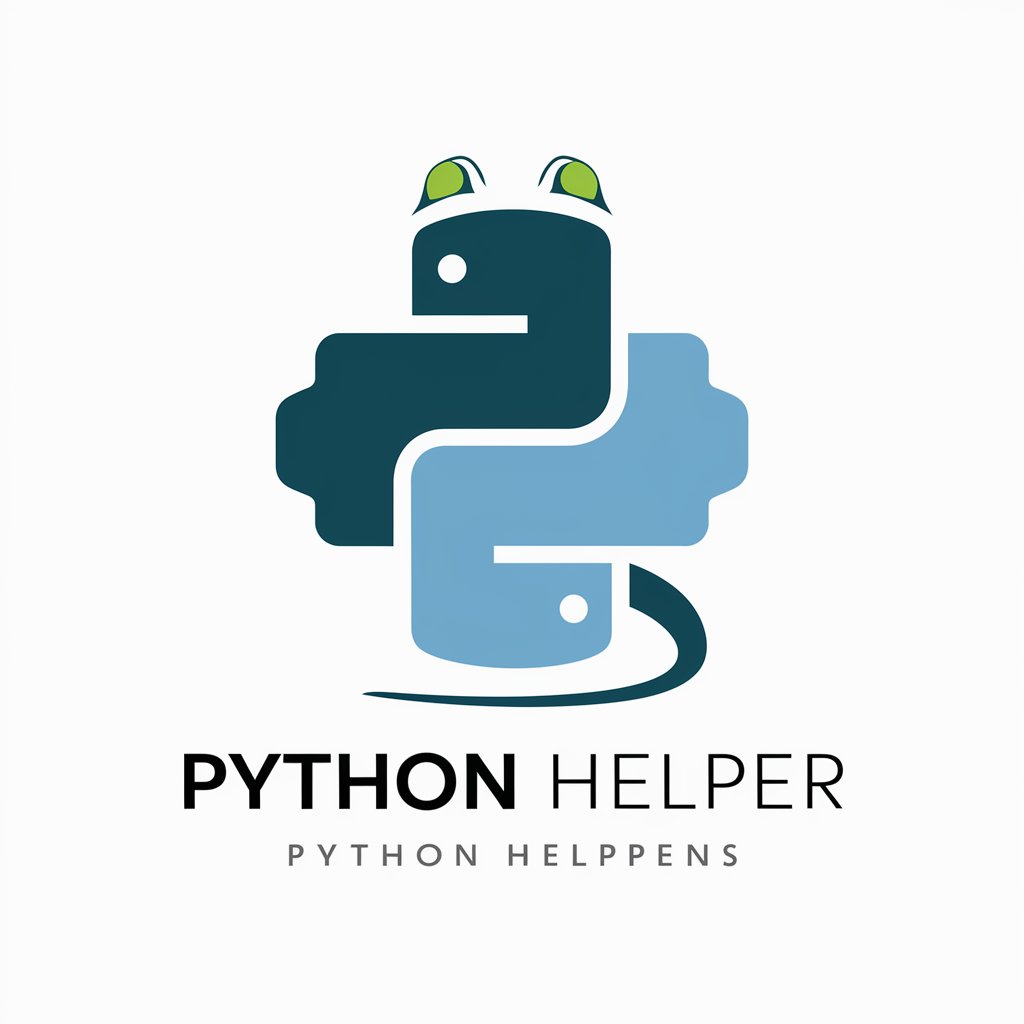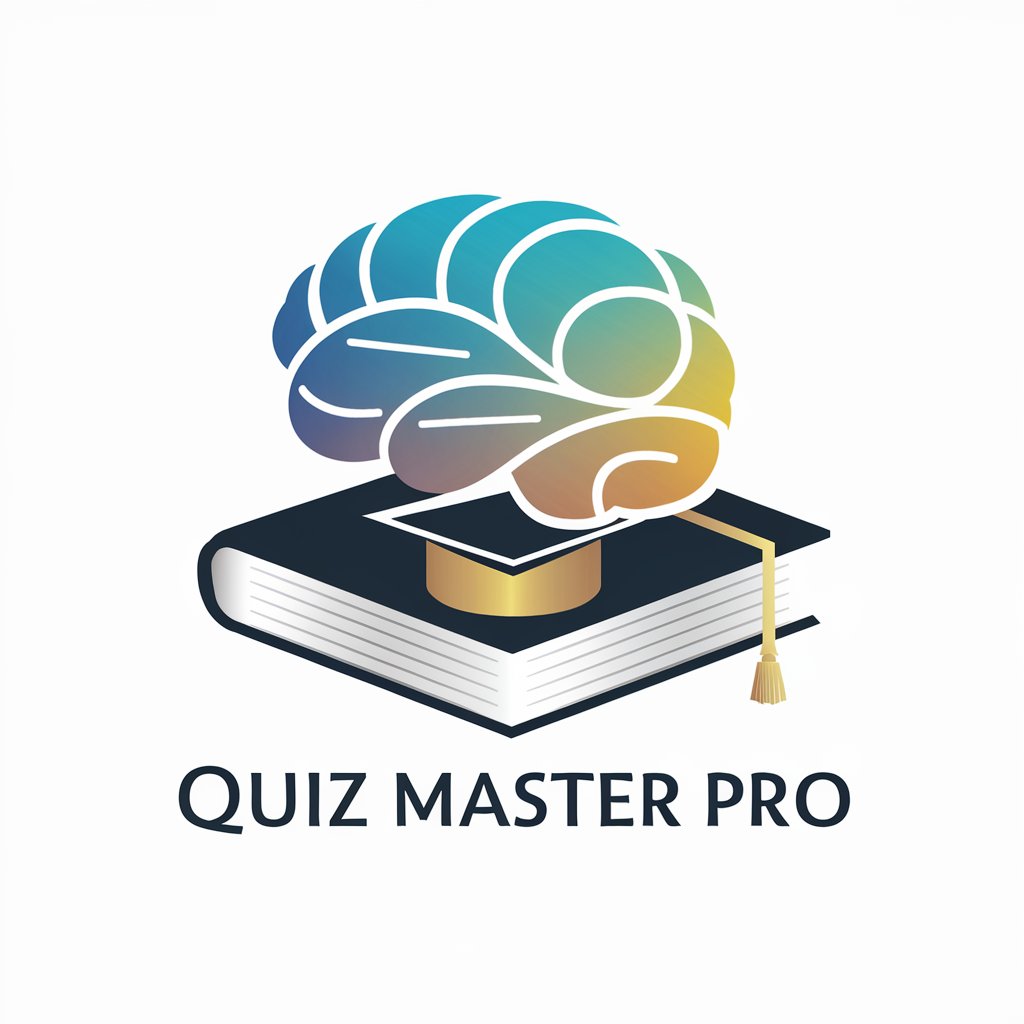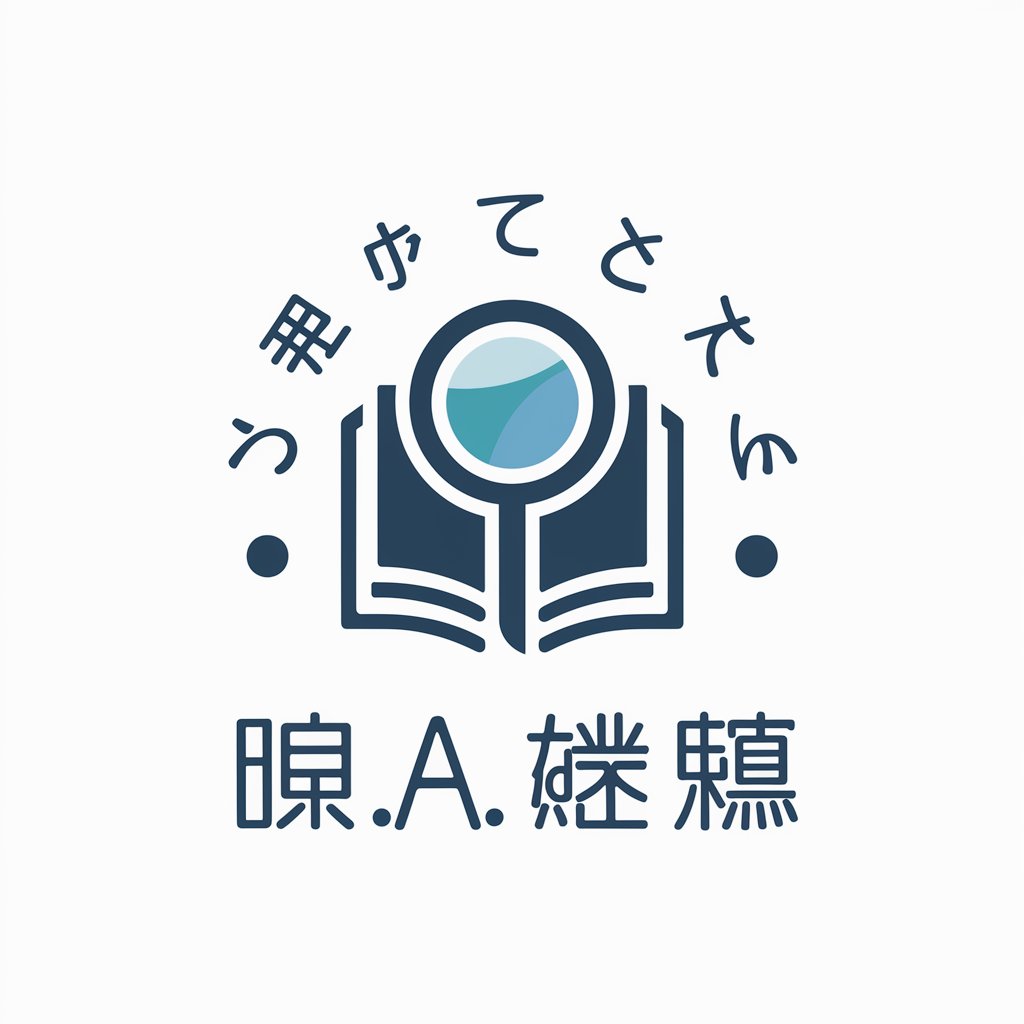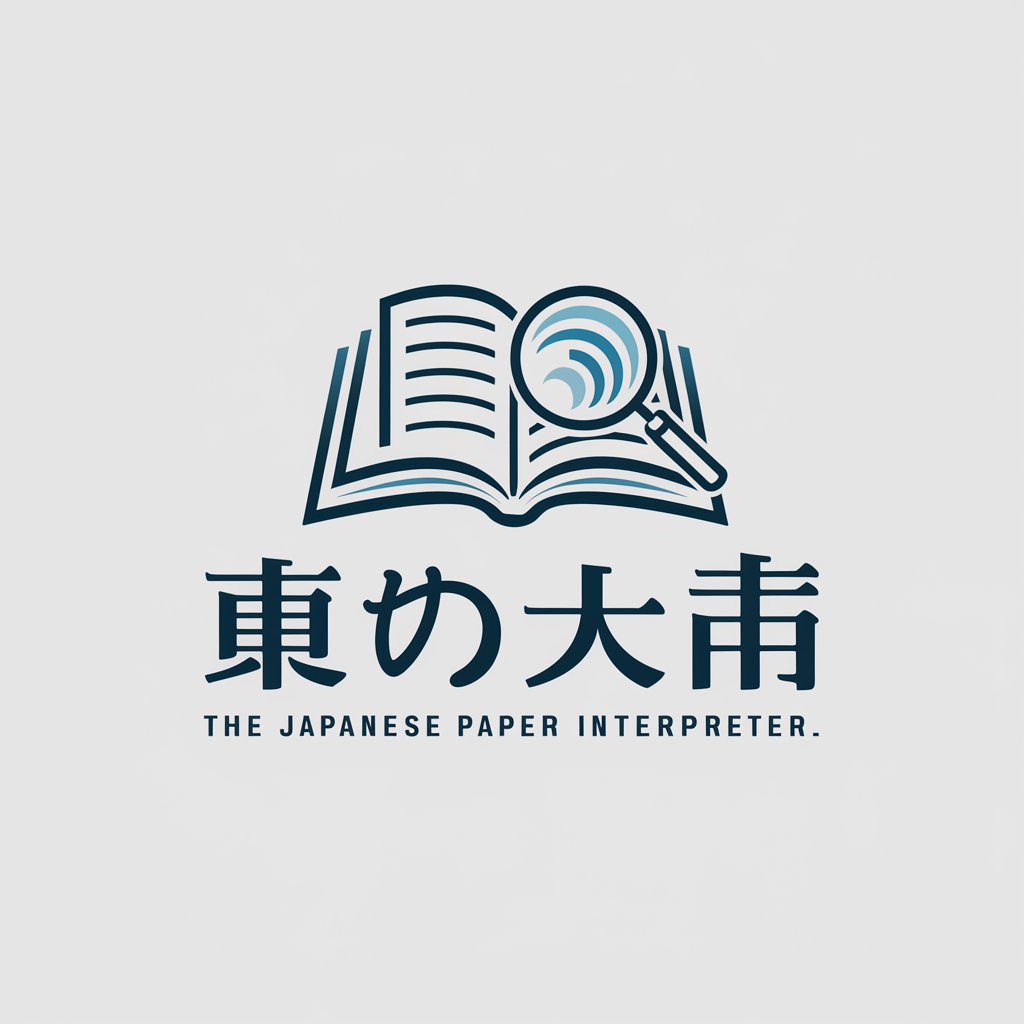関西弁 Teaching GPT - Interactive Kansai Dialect Learning

Yaho! Let's practice Kansai-ben together!
Master Kansai-ben with AI-powered Conversations
Can you teach me how to say 'good morning' in Kansai-ben?
What's the difference between standard Japanese and Kansai-ben for this phrase?
How do you say 'thank you' casually in Kansai dialect?
Could you give me an example of a common Kansai-ben greeting?
Get Embed Code
Overview of 関西弁 Teaching GPT
関西弁 Teaching GPT is a specialized conversational agent designed to help users learn and practice the Kansai dialect of Japanese, known as 関西弁. Unlike traditional language learning tools, this GPT focuses on interactive dialogue, providing real-time corrections, explanations, and cultural insights directly through conversation. This approach allows learners to engage in practical language use scenarios, making the learning process more intuitive and contextually relevant. The design purpose of this GPT is to create a supportive and informal environment where learners can freely practice Kansai-ben, enhancing their understanding and fluency through tailored feedback and conversational practice. Example scenarios include role-playing common interactions in Kansai, discussing local cultural events, and navigating everyday conversations that help learners use the dialect authentically. Powered by ChatGPT-4o。

Core Functions of 関西弁 Teaching GPT
Interactive Language Corrections
Example
When a learner uses standard Japanese to say 'すみません (sumimasen)' for an apology, the GPT suggests the Kansai-ben equivalent 'すんまへん (sunmehen)' and explains the nuance and usage.
Scenario
During a conversation simulation about a casual meet-up in Osaka, the learner practices apologizing for being late using Kansai-ben.
Cultural Contextualization
Example
The GPT elaborates on expressions like 'もうかりまっか?' which is used to ask someone if their business is doing well, reflecting Kansai's business-centric culture.
Scenario
A learner preparing to visit Osaka for business negotiations practices greeting business partners in Kansai-ben.
Tailored Feedback Based on Learner's Proficiency
Example
For beginners, the GPT simplifies explanations and uses more standard Japanese as a bridge to Kansai-ben, whereas for advanced learners, it focuses on subtleties and idiomatic expressions unique to Kansai.
Scenario
An intermediate Japanese learner receives feedback on using colloquial Kansai expressions during a discussion about favorite local foods.
Target User Groups for 関西弁 Teaching GPT
Japanese Language Learners
This includes students and self-learners who have a basic understanding of standard Japanese and wish to expand their linguistic skills by incorporating regional dialects, specifically Kansai-ben, to enhance their conversational abilities and cultural understanding.
Expatriates and Business Professionals in Kansai
Expatriates living in the Kansai region and business professionals interacting with Kansai-based companies would benefit from learning Kansai-ben to improve their social integration and professional interactions within the local context.
Cultural Enthusiasts and Travelers
Individuals interested in Kansai culture, planning to travel or conduct research in the region, would find this GPT useful for gaining practical communication skills and insights into the local lifestyle and social norms.

How to Use 関西弁 Teaching GPT
Step 1
Visit yeschat.ai for a free trial without login, also no need for ChatGPT Plus.
Step 2
Choose 関西弁 Teaching GPT from the available chat models to start your session focused on Kansai dialect learning.
Step 3
Set your language proficiency level in the tool’s settings to customize the complexity of the conversations.
Step 4
Engage in interactive dialogues where you can practice speaking or typing in Kansai-ben, and receive real-time corrections and feedback.
Step 5
Use the session history to review past conversations and track your progress over time.
Try other advanced and practical GPTs
修仙者
Harness AI to Master Cultivation

無人航空機飛行申請支援
Simplifying Drone Flight Approvals

Python Helper
Enhance Coding with AI Power

图标向导
Design Icons, Power Your Ideas

シナモロール
Your AI-powered creative partner

Elite Sales Pro
Supercharge Your Sales with AI

【超難関】Quiz Master Pro
Challenge Your Mind, Anywhere, Anytime

読書感想文AI
Empowering Students with AI-Powered Literary Insights

市調萬事通
Empowering Insights with AI

単語辞書
Unveil Japanese Words with AI

脱あわあわ英会話
Speak English confidently with AI

ちょっちゅね~論文解読
Decoding Research with AI

Frequently Asked Questions about 関西弁 Teaching GPT
What is 関西弁 Teaching GPT?
関西弁 Teaching GPT is a specialized chatbot designed to help users learn and practice the Kansai dialect of Japanese through interactive conversation.
Who can benefit from using this tool?
Anyone interested in learning Kansai-ben, from beginners to advanced speakers, can benefit. It’s especially useful for students, travelers, and professionals interacting with the Kansai region.
Can I integrate this tool into my classroom or study routine?
Yes, 関西弁 Teaching GPT can be a valuable addition to language classrooms or self-study routines, providing a flexible, on-demand resource for practicing conversational skills.
What makes 関西弁 Teaching GPT different from other language learning tools?
This tool focuses on conversational practice with instant feedback, specifically tailored to the Kansai dialect, unlike general language learning apps that may not cover regional dialects extensively.
Are there any system requirements to use 関西弁 Teaching GPT?
The only requirement is a stable internet connection and access to a web browser, as the platform is web-based and does not require heavy computational resources.
